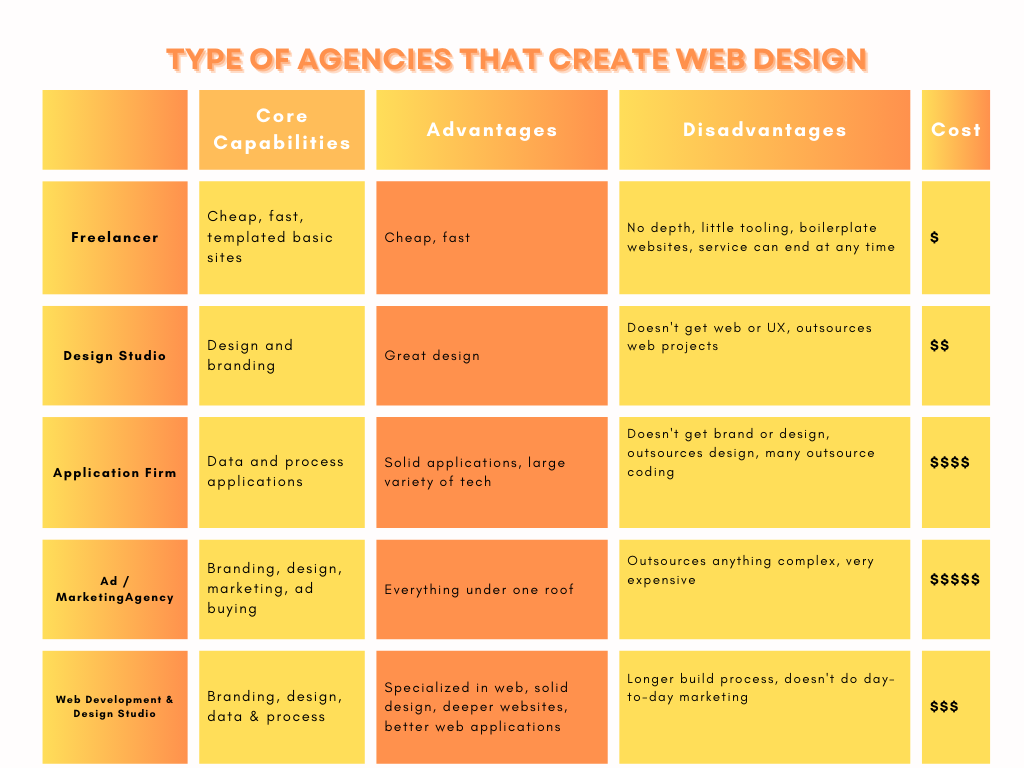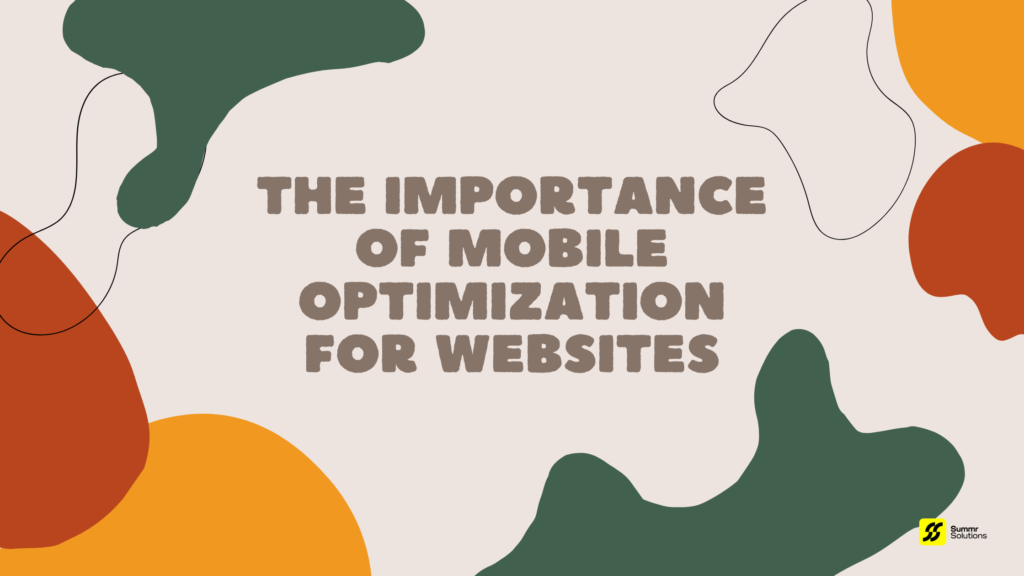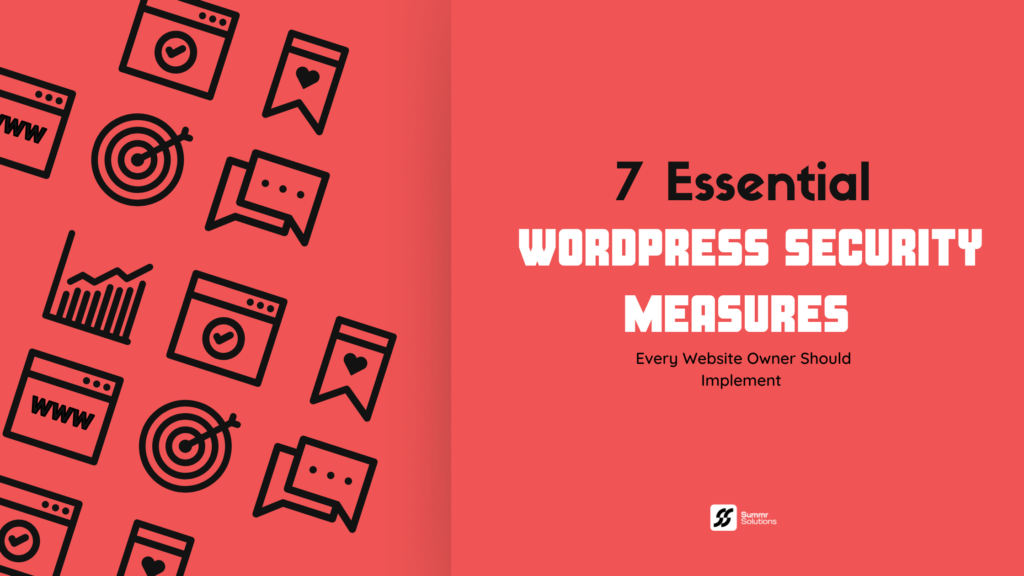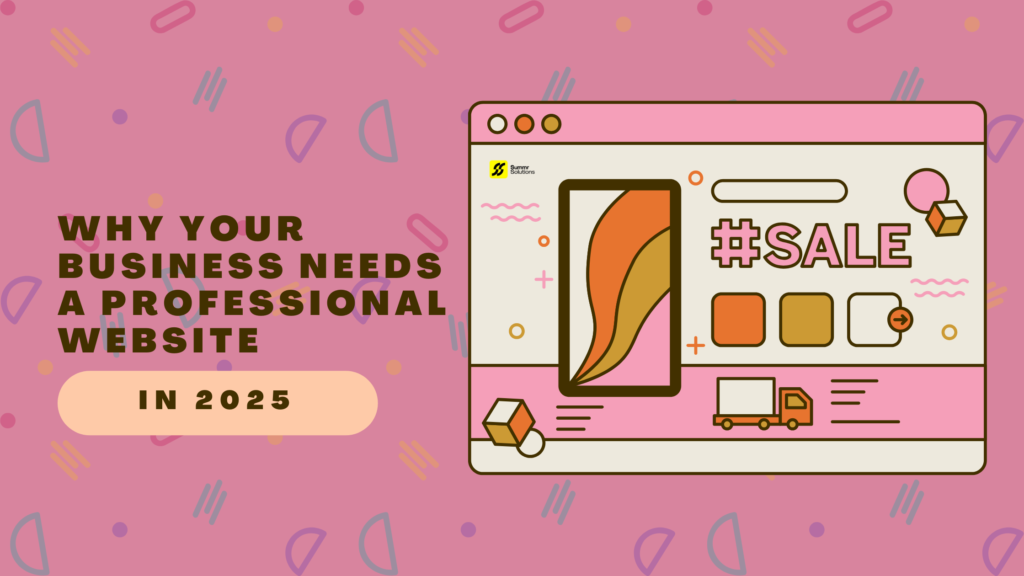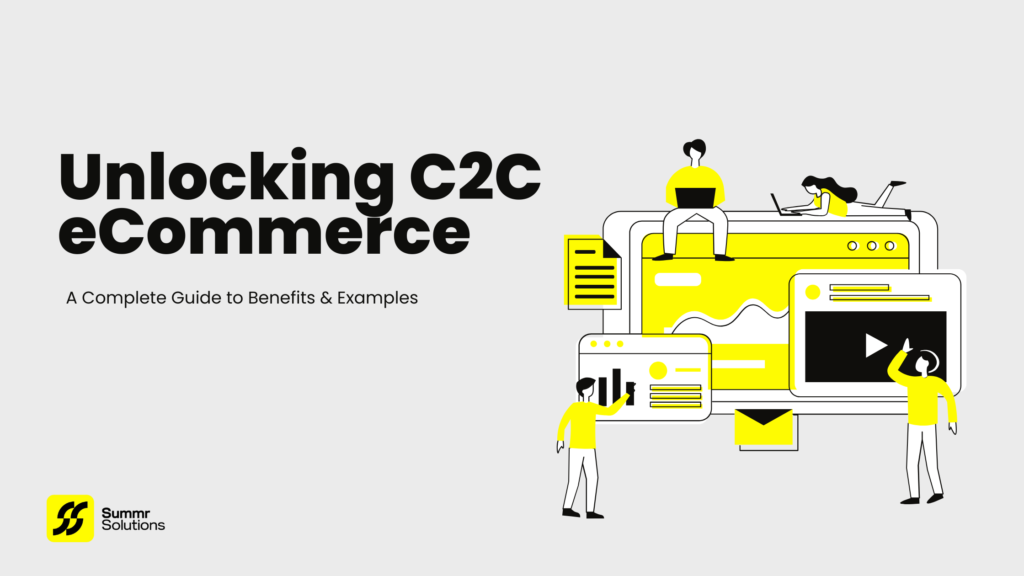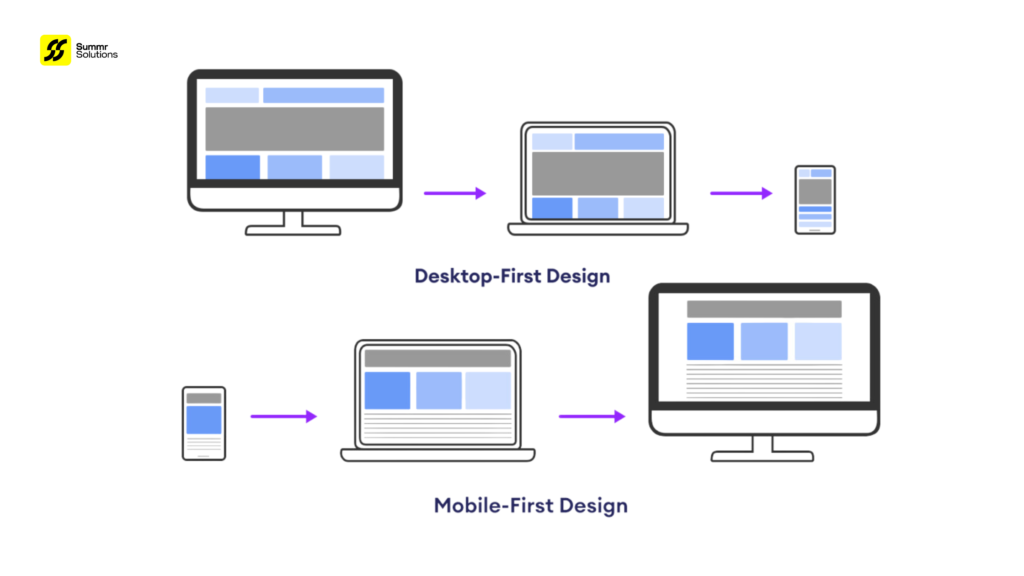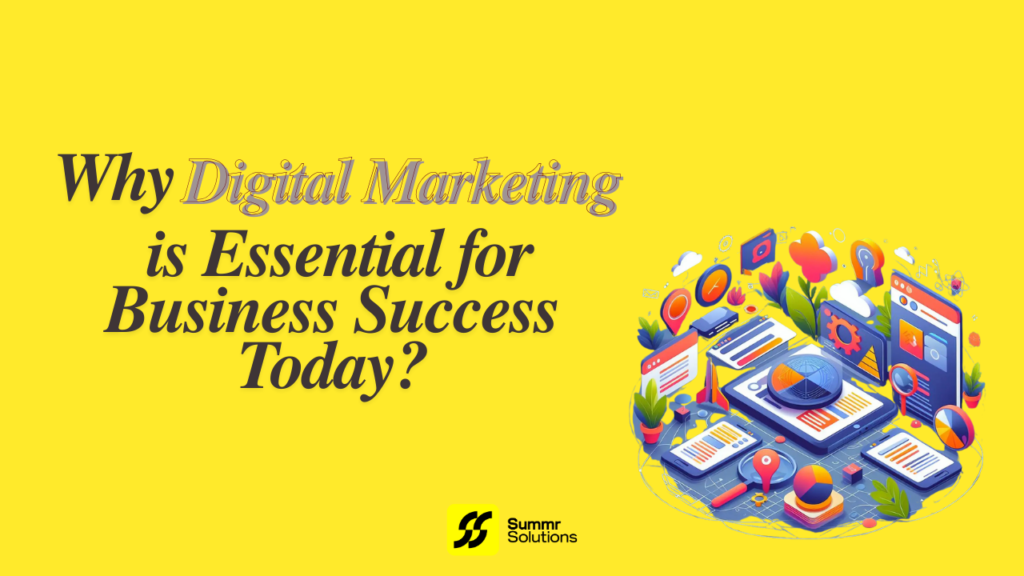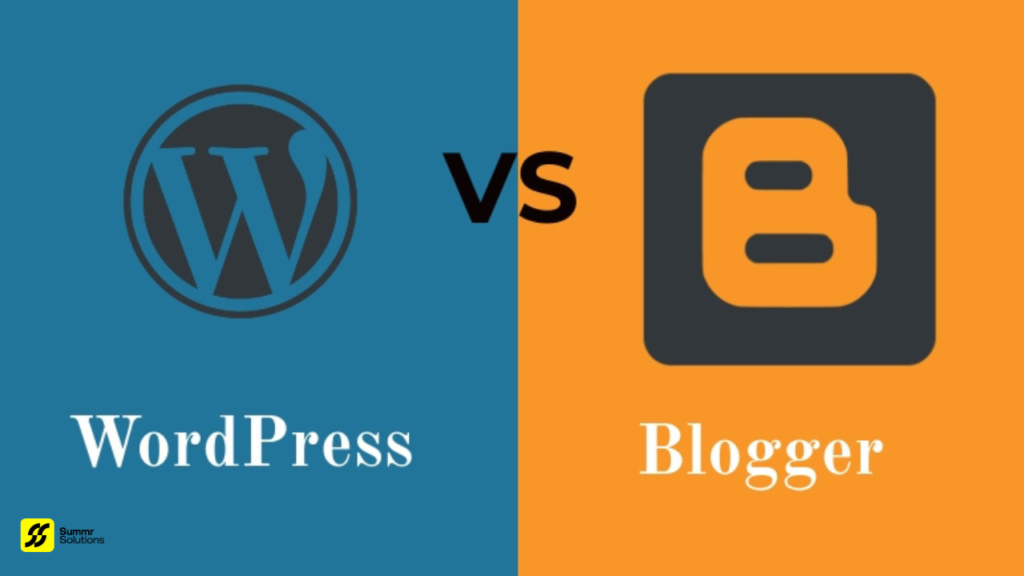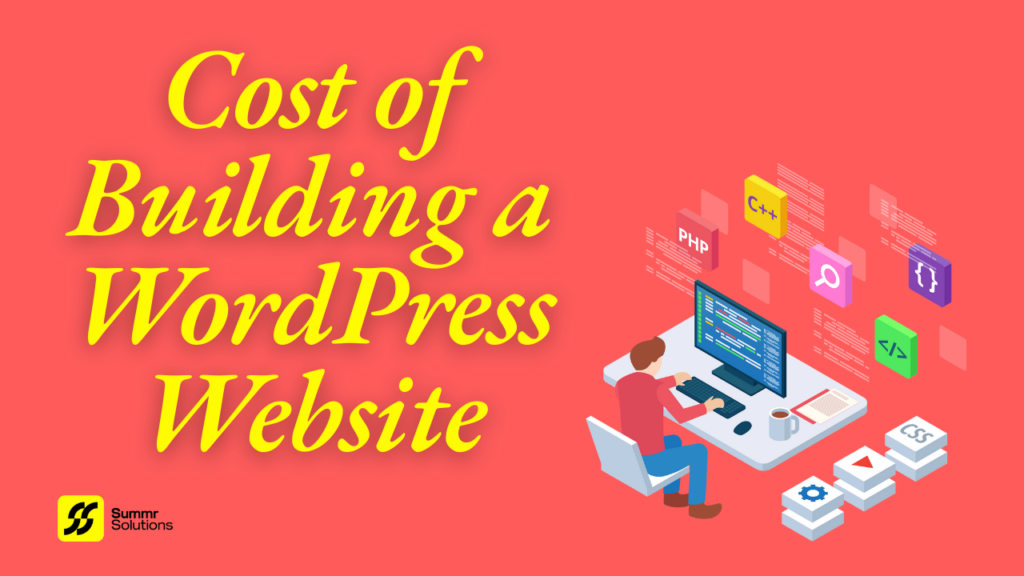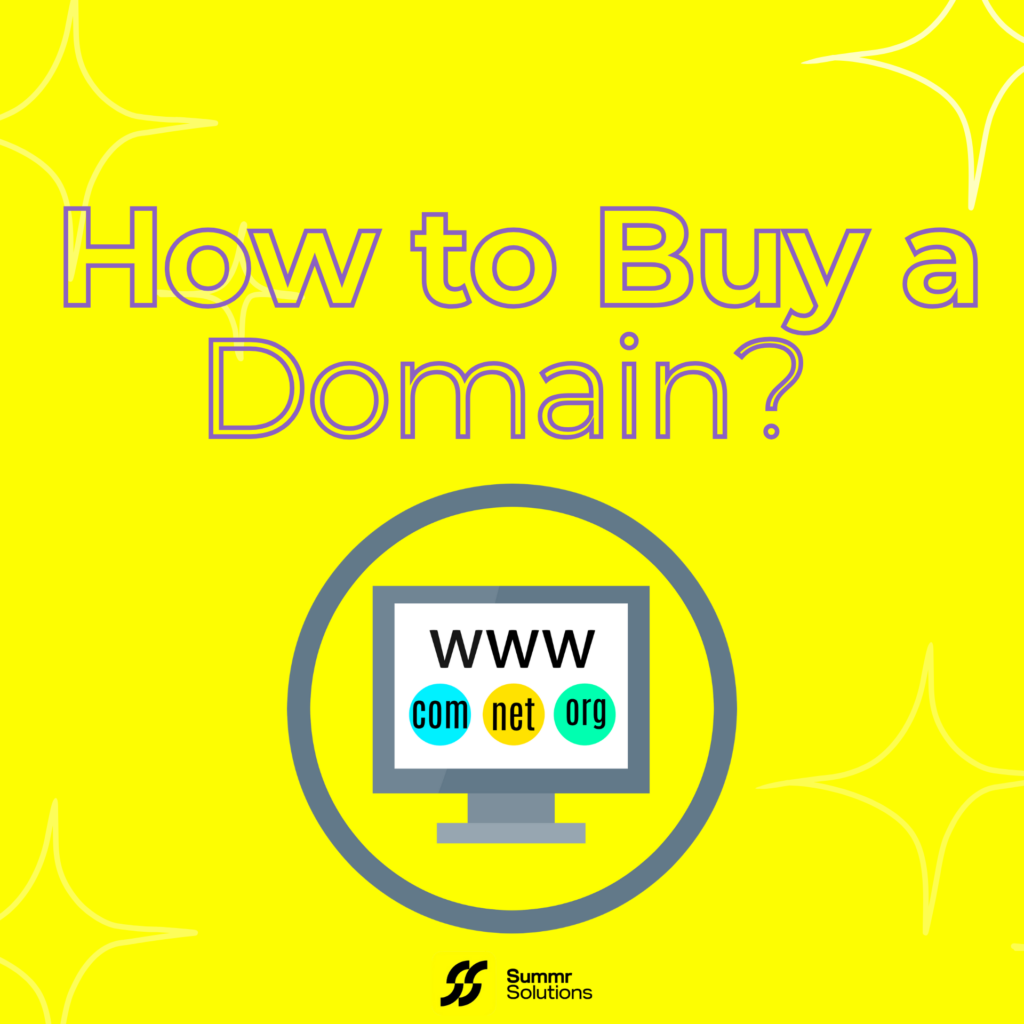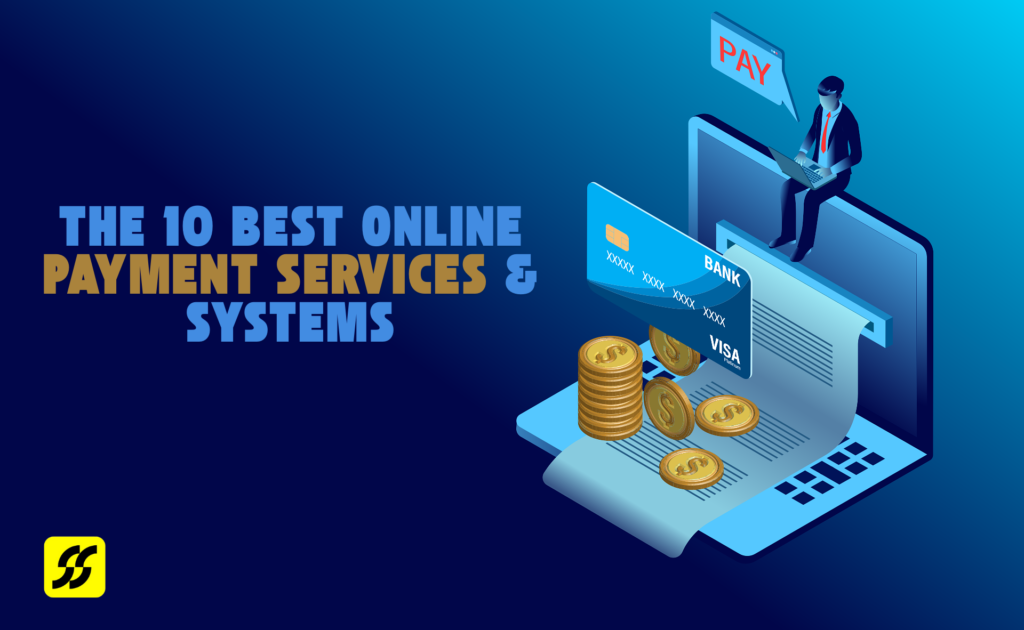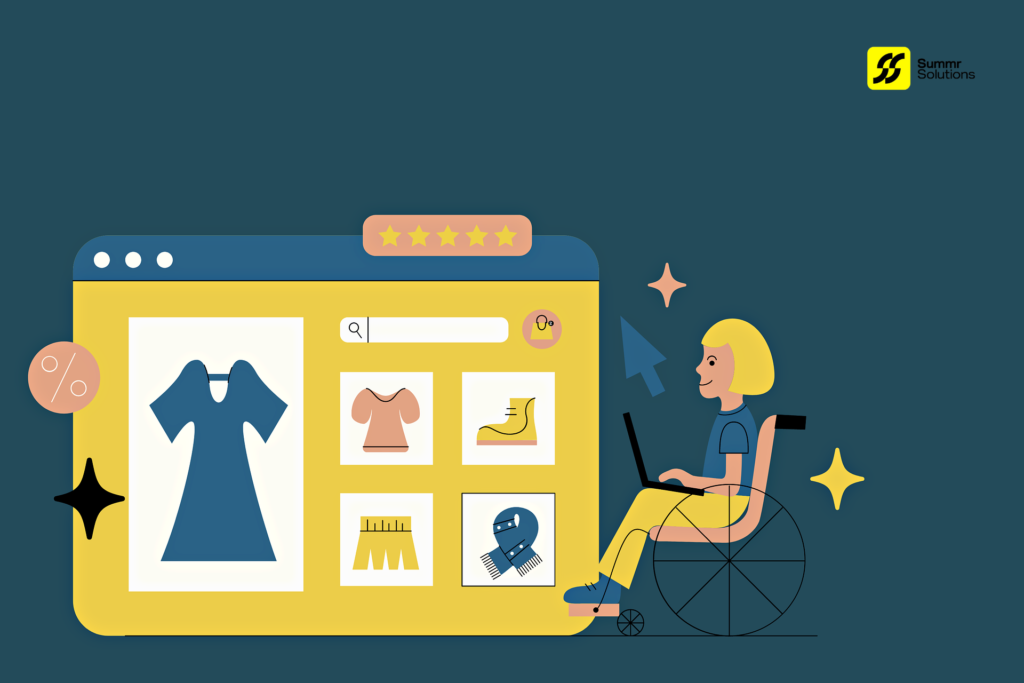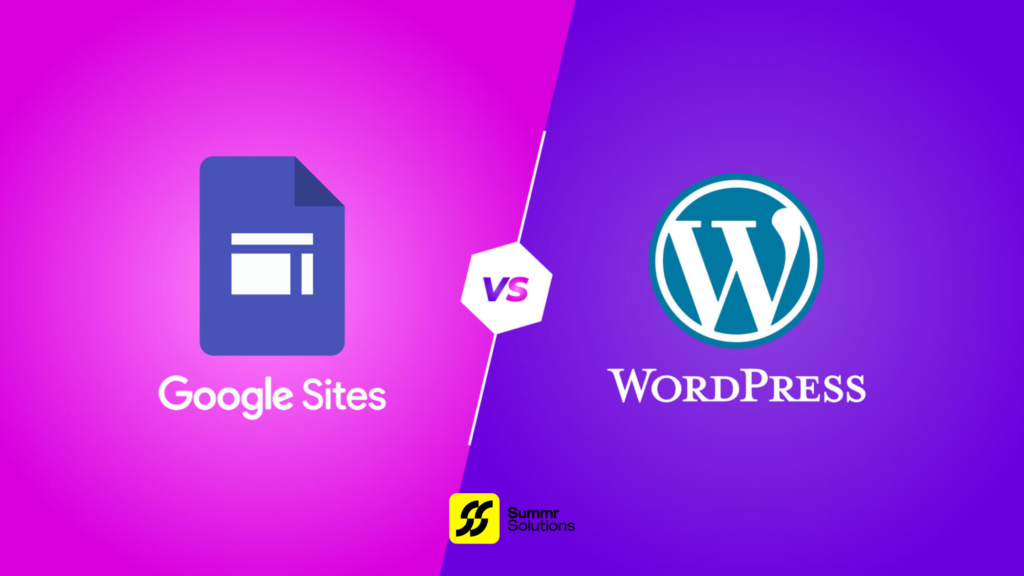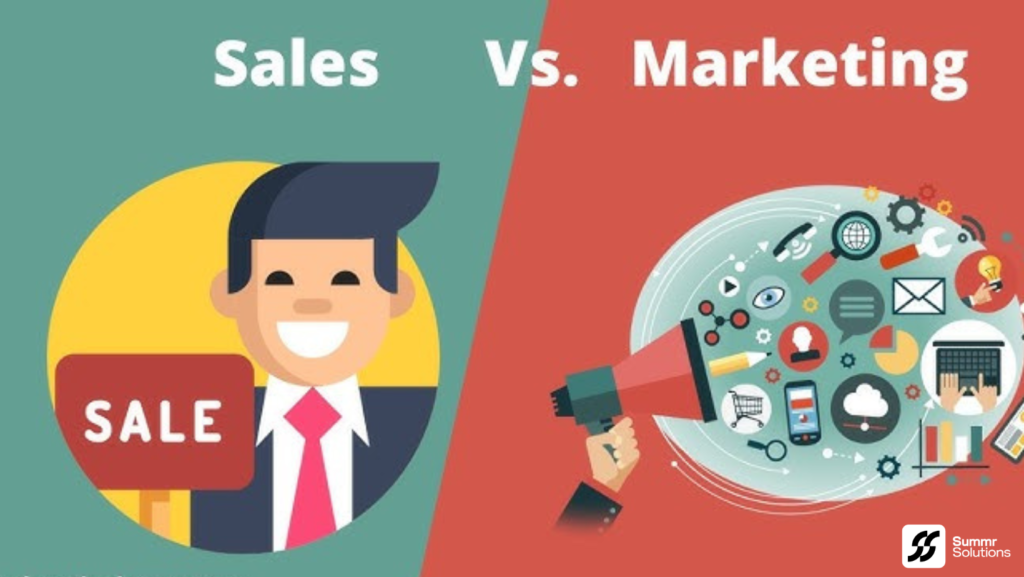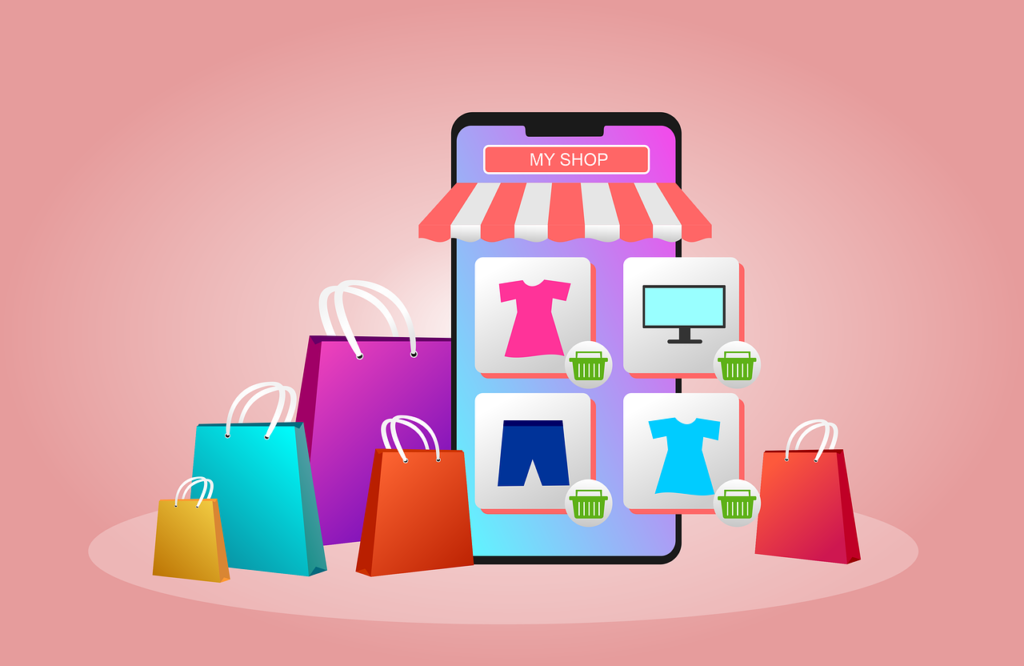In the ever-evolving world of eCommerce, consumer-to-consumer (C2C) platforms have emerged as a game-changer. What started as a niche market is now a flourishing business model, allowing individuals to sell directly to one another without intermediaries.
This shift gained momentum during the pandemic as more consumers turned to online platforms to buy and sell goods. Today, millions of people use C2C eCommerce platforms, and entrepreneurs are seizing the opportunity to create marketplaces that cater to this growing demand.
Still wondering about the value of the C2C eCommerce model? In this blog, we’ll explore the concept, its benefits, popular examples, and even share insights on how to launch your own C2C platform. Let’s dive in!
What is C2C eCommerce?
Consumer-to-consumer (C2C) eCommerce is a business model where individuals sell goods or services directly to other individuals, typically facilitated by a third-party platform. This is one of the four foundational eCommerce models, alongside:
- B2B (Business-to-Business)
- B2C (Business-to-Consumer)
- C2B (Consumer-to-Business)
In a C2C transaction, the platform acts as a mediator, ensuring a smooth exchange by handling payments, tracking, and other logistics. This model empowers sellers to reach buyers with minimal overhead, while buyers enjoy access to diverse goods, often at competitive prices.
Thinking about starting a C2C eCommerce platform? Begin by researching your niche and identifying your target audience!
Why Start a C2C eCommerce Store?
Here’s why this business model is gaining traction:
1. High Profit Margins
C2C platforms eliminate the need for intermediaries, reducing costs for both buyers and sellers. This setup enables platform owners to generate revenue through listing fees, commissions, or premium memberships, all while offering affordable prices to users.
Moreover, repeat customers can become brand ambassadors, further boosting profitability. Offering a seamless user experience is key to encouraging loyalty and driving recommendations.
2. Reduced Operational Costs
In the past, selling goods required physical space, utilities, and staffing. With C2C eCommerce, sellers can list their items online without incurring these expenses. As a platform owner, you’ll benefit from this reduced overhead while earning revenue from platform usage.
For sellers, this model reduces entry barriers, making it easier for hobbyists or small-time entrepreneurs to participate without significant investment.
Want to learn more about how to minimize operational costs? Our experts can help you strategize—reach out today!
3. Broader Reach
Unlike physical marketplaces, a C2C platform can attract a global audience. Sellers can list their goods from anywhere in the world, and buyers can access unique items that might not be available locally. This accessibility significantly increases your market potential.
By leveraging digital marketing techniques such as SEO, social media campaigns, and targeted ads, you can amplify your platform’s visibility and draw in users from various regions.
4. Enhanced Convenience
For both sellers and buyers, C2C eCommerce is a game-changer. Sellers can earn extra income without committing to a full-fledged business, and buyers can find diverse goods at their fingertips—all without stepping out of their homes.
To enhance convenience further, integrating features like mobile-friendly design, secure payment gateways, and personalized recommendations can elevate the user experience, fostering greater engagement.
Looking to launch your own marketplace? Start by creating a platform that prioritizes user convenience and trust.
Key Challenges and How to Overcome Them
While the C2C eCommerce model offers numerous benefits, it’s not without its challenges. Here are some common hurdles and solutions:
- Building Trust: Buyers and sellers may hesitate to interact without a trusted intermediary. Offer buyer protection programs, transparent reviews, and dispute resolution mechanisms to build confidence.
- Managing Scalability: As your platform grows, handling increased traffic and transactions can be challenging. Opt for scalable technologies that can support long-term growth.
- Ensuring Quality: Poor-quality listings can hurt your platform’s reputation. Establish clear guidelines for product descriptions and images, and implement a moderation system to ensure compliance.
Popular C2C eCommerce Platforms
1. Etsy
Known for its focus on handmade and vintage items, Etsy connects independent artists and creators with buyers looking for unique products. Its niche focus and user-friendly platform have made it a leader in the C2C space.
2. eBay
A pioneer in the C2C world, eBay allows users to buy and sell virtually anything, from collectibles to electronics. With its auction-style listings and global reach, it caters to both individual sellers and businesses.
3. OLX
Popular in regions like India, OLX specializes in enabling users to buy, sell, and exchange goods locally. Its free listings and mobile app have made it a go-to platform for second-hand goods.
4. AliExpress
While primarily known as a B2C platform, AliExpress also facilitates C2C transactions, allowing small sellers to reach a global audience. It’s especially popular for low-cost goods and bulk purchases.
Tips for Launching a Successful C2C eCommerce Platform
- Define Your Niche: Avoid trying to cater to everyone. Choose a specific market segment, such as handmade goods, vintage items, or second-hand electronics.
- Focus on UX/UI: A user-friendly interface can make or break your platform. Invest in intuitive navigation, clear categorization, and responsive design.
- Leverage Marketing Strategies: Utilize SEO, pay-per-click ads, social media, and email marketing to attract buyers and sellers to your platform.
- Implement Security Features: Protect user data with robust security measures like encryption and two-factor authentication.
- Monitor Performance: Use analytics tools to track platform performance, identify pain points, and optimize for better user engagement.
Final Thoughts
C2C eCommerce is transforming how people buy and sell goods, offering convenience, profitability, and global reach. Whether you’re looking to launch your own platform or simply understand the industry better, now is the time to dive in.
Remember, starting a C2C eCommerce store requires research, planning, and the right tools. Take your time to develop a strategy that meets the needs of your target audience, and success will follow.
Have questions or need guidance? Contact us today to kickstart your eCommerce journey!






